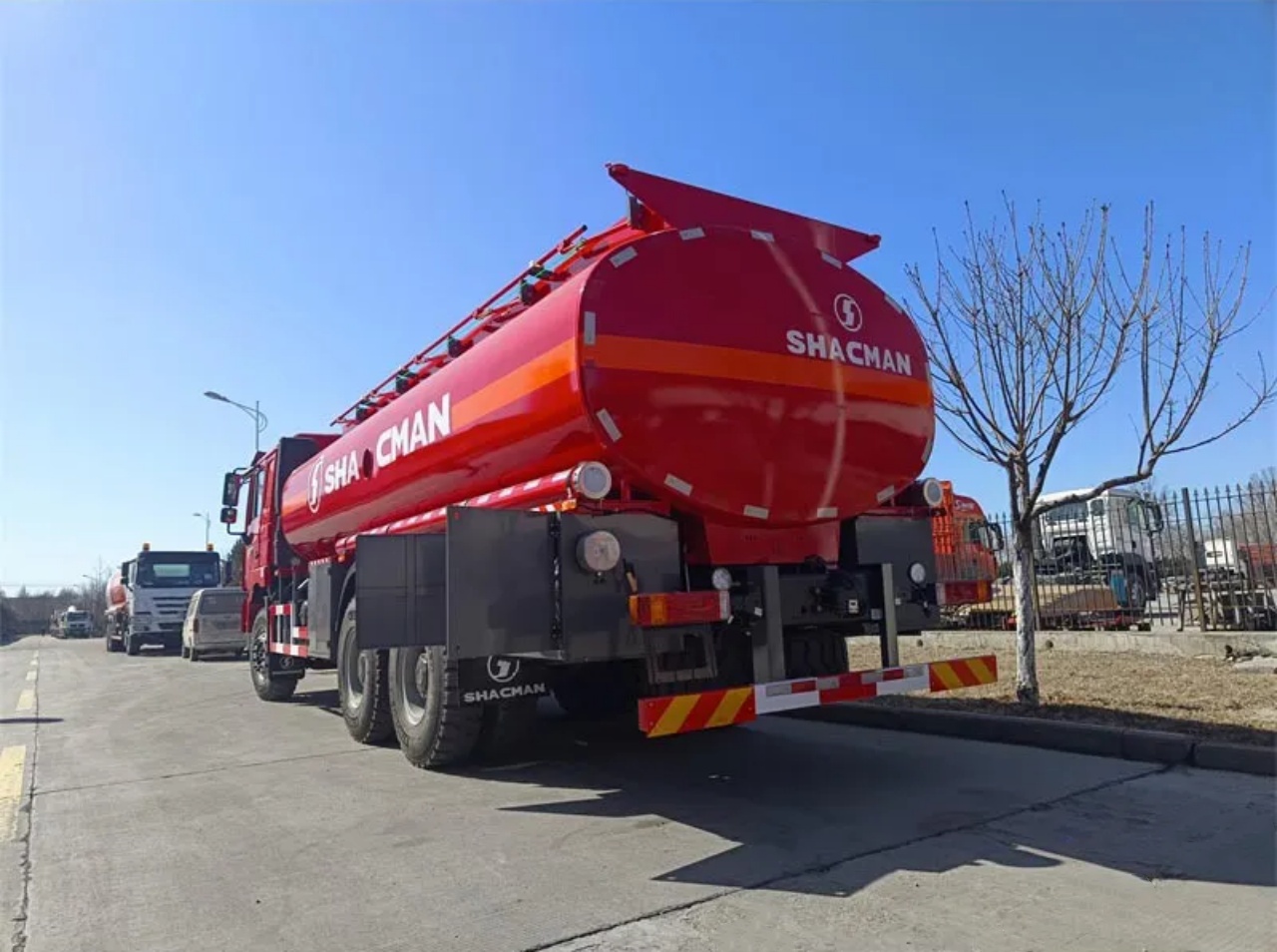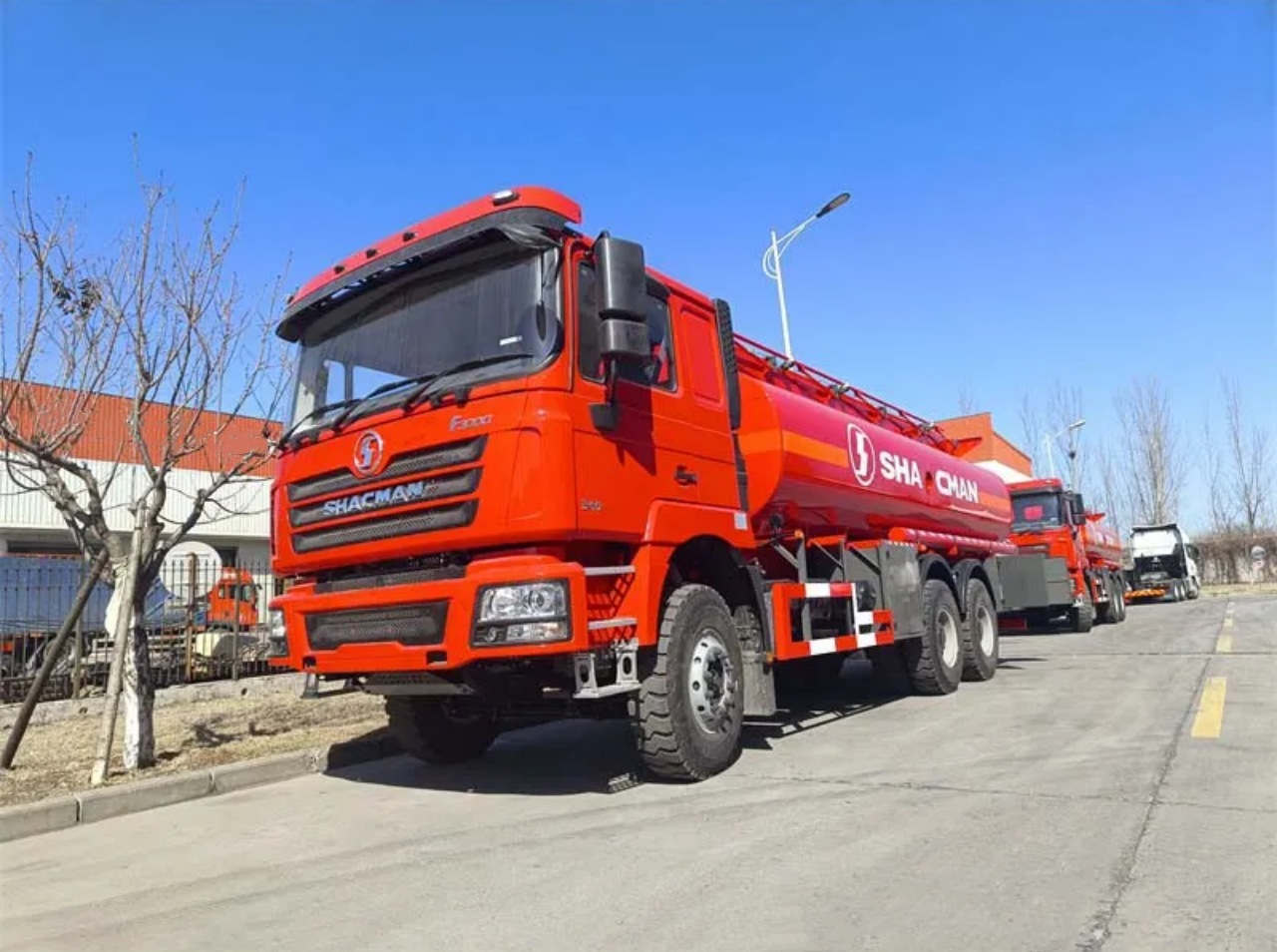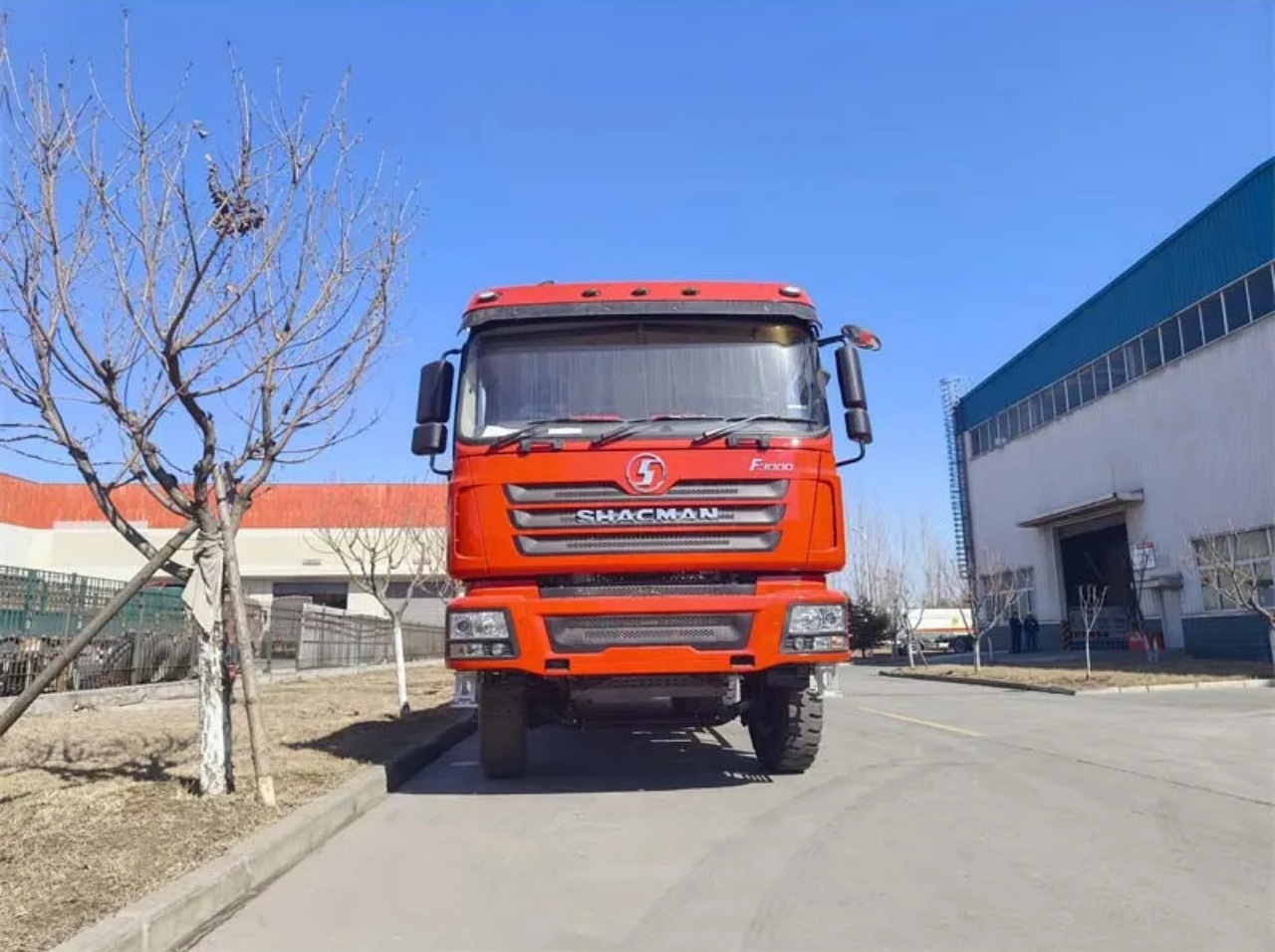Fuel lorries, also known as fuel tankers or petroleum tankers, play a vital role in the transportation of fuel from refineries and storage facilities to petrol stations, airports, industrial plants, and other end users. One of the most frequently asked questions about these vehicles is: “How many litres is a fuel lorry?“ The answer is not as straightforward as one might assume, as it depends on several factors, including the type of lorry, its design, regulations in various countries, and the kind of fuel being transported.
Fuel Lorry Basics
A fuel lorry is a specially designed vehicle with a large cylindrical tank mounted on a truck chassis. These lorries are built to carry different types of fuels such as petrol (gasoline), diesel, aviation fuel, kerosene, and sometimes even biofuels. They are designed to ensure the safe transport of these highly flammable substances over long distances, often under strict regulations.
Fuel lorries come in various shapes and sizes, and their capacity is usually measured in litres or gallons, depending on the region. The capacity varies widely depending on whether the lorry is a small delivery truck for local distribution or a large articulated tanker for long-haul transport.
Typical Fuel Lorry Capacities
Let’s break down fuel lorry capacities based on their size and type:
1. Small Fuel Tankers (Rigid Body Trucks)
These are typically used for short-range deliveries within cities or industrial areas. They usually have a single rigid body without a trailer and are built on light to medium-duty truck chassis.
- Capacity Range: 5,000 to 10,000 litres
- Common Uses: Supplying fuel to construction sites, small petrol stations, or agricultural operations
These tankers are easier to manoeuvre in urban or rural areas and are often equipped with compartments to carry more than one type of fuel.
2. Medium Fuel Tankers (Rigid or Semi-Rigid)
This category includes trucks with slightly larger tanks, sometimes still rigid but often with a drawbar trailer.
- Capacity Range: 10,000 to 20,000 litres
- Common Uses: Regional fuel delivery operations or medium-sized commercial fuel contracts
They strike a balance between manoeuvrability and load capacity.
3. Large Fuel Tankers (Articulated Lorries)
These are the most common tankers seen on highways and are used for bulk fuel transportation between depots, refineries, and major fuel retailers.
- Capacity Range: 30,000 to 40,000 litres (in Europe and Asia), and up to 45,000 litres in some countries with more lenient road weight regulations
- Common Uses: Supplying petrol stations, airports, or industrial zones
Articulated tankers often feature multi-compartment tanks, allowing them to transport different types of fuels simultaneously.
Regional Variations in Capacity
Different regions have varying regulations and road infrastructure that affect how much a fuel lorry can carry.
United Kingdom and Europe
- Most articulated fuel tankers in the UK and EU carry about 36,000 litres.
- Regulations often restrict maximum gross vehicle weight to 44 tonnes, including the tractor unit, trailer, fuel, and the tank’s weight.
- Tankers are commonly divided into 4 to 6 compartments for multi-product transport.
United States and Canada
- Fuel tankers often have larger capacities due to more lenient gross weight limits.
- A common fuel lorry in the U.S. can carry up to 11,000 gallons, or approximately 41,600 litres.
- In some states, double trailer units can carry over 80,000 litres, but these are less common.
Australia
- Australia’s massive geography and robust trucking regulations allow road trains and B-double combinations.
- Capacities can reach up to 100,000 litres for certain long-haul fuel transporters.
- These vehicles are equipped for cross-desert operations and can be over 50 metres long.
Asia and Africa
- In developing regions, fuel lorry sizes vary widely depending on road conditions and regulations.
- In China and India, a typical fuel tanker truck may carry between 10,000 and 30,000 litres.
- In parts of Africa, smaller trucks around 5,000 to 15,000 litres are commonly used for local fuel distribution.
Design Factors That Influence Capacity
Several design factors affect how many litres a fuel lorry can carry:
- Tank Material and Thickness
- Tanks are usually made from aluminium, stainless steel, or carbon steel. Aluminium is preferred for its lightweight, which allows for higher fuel payloads.
- Compartments
- Multi-compartment designs help in delivering different fuel types in a single trip. Each compartment can range from 2,000 to 10,000 litres, depending on the total tank size.
- Shape and Geometry
- The elliptical or cylindrical design of tanks optimises volume while maintaining a low center of gravity for safety.
- Gross Vehicle Weight Rating (GVWR)
- A vehicle’s legal GVWR determines the maximum load it can carry, which includes fuel, driver, chassis, and tank weight.
Fuel Density Considerations
When calculating the volume a lorry can carry, fuel density matters. For example:
- Petrol (Gasoline): ~0.74 kg/L
- Diesel: ~0.84 kg/L
- Jet Fuel: ~0.80 kg/L
Because diesel is denser, a tanker will reach its weight limit faster with diesel than with petrol. In practice, fuel lorries are often volume-limited (limited by tank capacity) or weight-limited (limited by maximum legal weight), depending on the fuel type and local laws.
Safety and Compliance
Modern fuel tankers are designed with several safety features:
- Emergency shut-off valves
- Anti-static grounding systems
- Spill containment
- Pressure-relief valves
- Brake interlocks during fuel transfer
These features are essential due to the hazardous nature of the cargo. International regulations, such as those from ADR (European Agreement concerning the International Carriage of Dangerous Goods by Road), DOT (U.S. Department of Transportation), and various national authorities, govern the construction and operation of fuel lorries.
Conclusion
So, how many litres is a fuel lorry? The answer ranges from 5,000 litres in small urban tankers to over 100,000 litres in Australian road trains, with the most common sizes being around 30,000 to 40,000 litres for standard articulated tankers. The exact capacity depends on the lorry’s design, local regulations, and the type of fuel being transported.
Understanding these variations is crucial for logistics planning, fleet management, and safety compliance in the fuel distribution industry. Whether you’re fueling a local petrol station or managing a nationwide delivery network, knowing your tanker’s capacity is the foundation of efficient and safe fuel transport.





